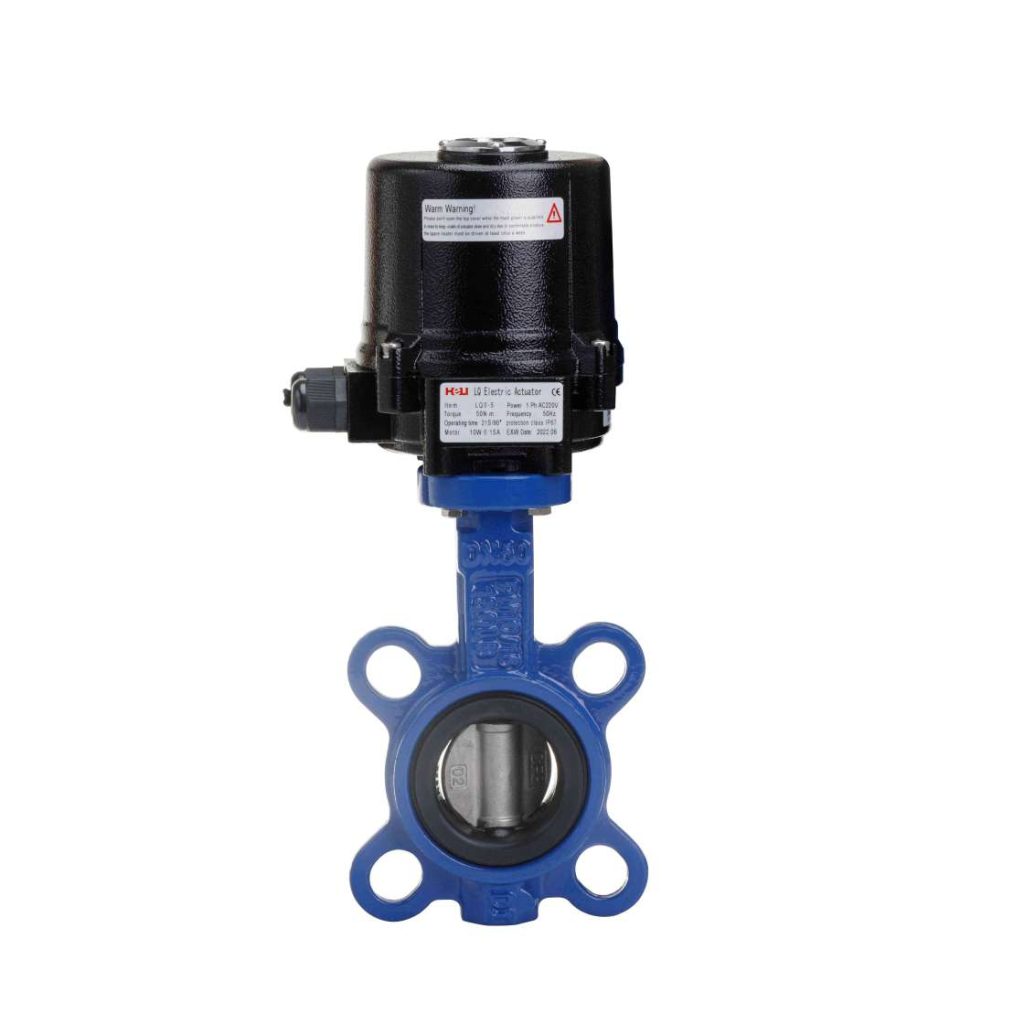Electric butterfly valves are critical components in various industrial applications, providing efficient flow control in pipelines. Their design and functionality cater to a wide range of needs, making them indispensable in sectors such as water treatment, oil and gas, and HVAC systems.

At the heart of the electric butterfly valve is its simple yet effective mechanism. The valve consists of a circular disc or “butterfly” mounted on a shaft. When the shaft rotates, the disc either opens or closes, regulating the flow of fluid through the pipe. The electric actuator, which powers the valve, ensures quick and precise movements, allowing for seamless automation and remote control.

One of the ultimate advantages of electric butterfly valves is their energy efficiency. Unlike other valve types that may require significant manual effort or pneumatic pressure, electric actuators consume less power while providing reliable operation. This efficiency not only reduces operational costs but also contributes to a lower carbon footprint, aligning with modern sustainability goals. In addition to energy efficiency, electric butterfly valves offer excellent reliability. They are built to withstand high pressures and temperatures, making them suitable for demanding environments. Moreover, they require minimal maintenance compared to mechanical valves, as there are fewer moving parts subject to wear and tear. This reliability translates to longer service life and reduced downtime for industries relying on continuous operations.

Leave a Reply